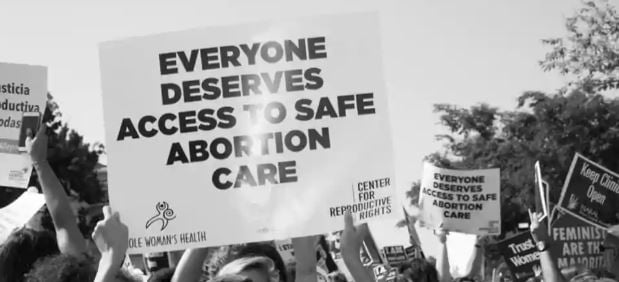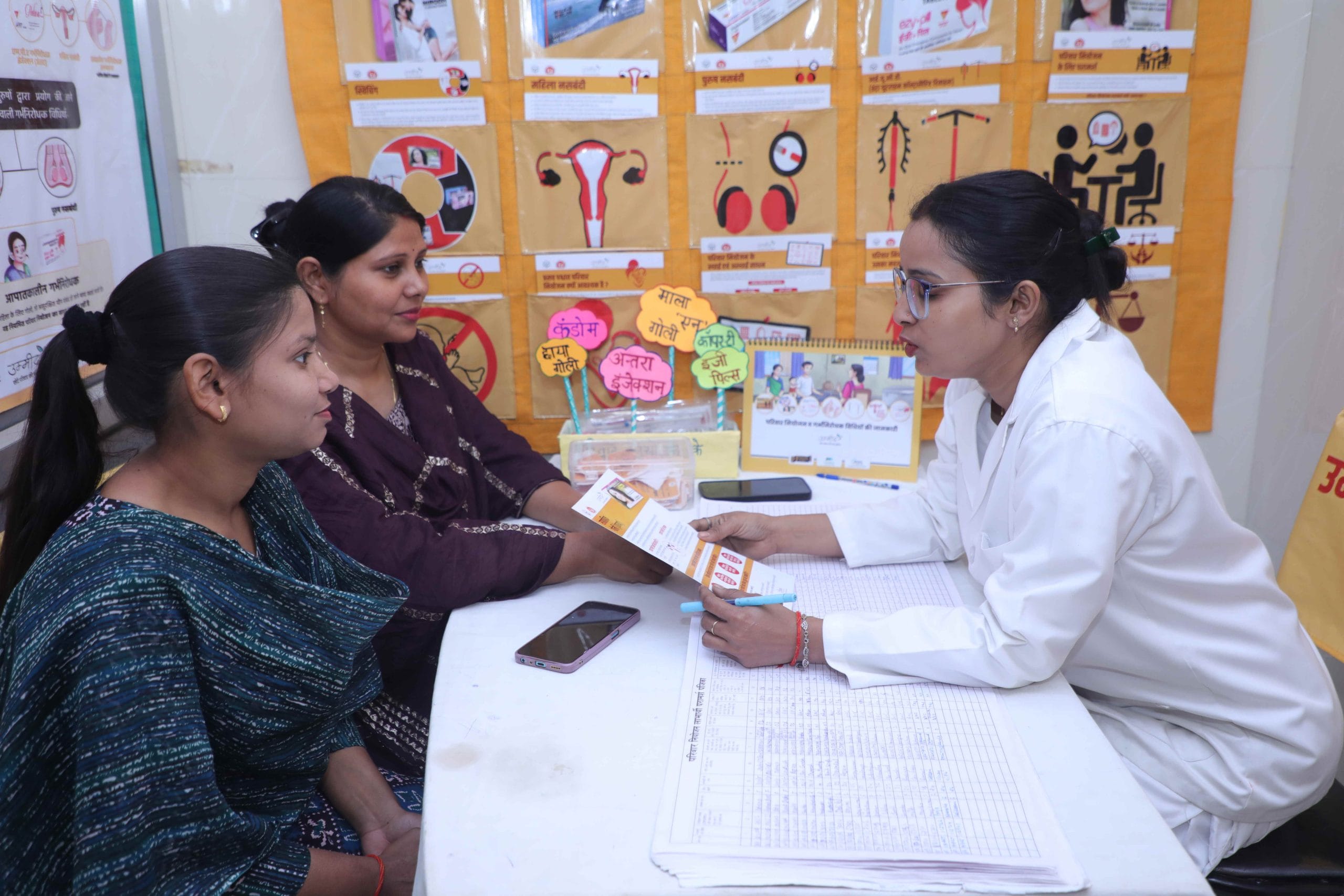One would think that the legalisation of abortion would lead to safer options for Indian women. But the truth is far from it. Despite the legal approval to terminate a pregnancy, India continues to witness millions of incidents of unsafe abortions, making it the third leading cause of maternal mortality in India.
There is a battery of reasons that indicate why a developing country like India continues to see unsafe abortions such as moral objection, stigma, lack of awareness, cost of abortion, legal loopholes to name a few.
One powerful way of protecting a woman’s autonomy over her own body is to widely share information about the process of safe abortion.
Having said that, knowledge is power, and one powerful way of protecting a woman’s autonomy over her own body is to widely share information about the process of safe abortion and everything it entails.
Reviewing the basics of safe medical abortion
Let’s cover some basics.
The World Health Organisation (WHO) defines unsafe abortion as a procedure for terminating a pregnancy performed by persons lacking the necessary skills or in an environment that does not conform with minimal medical standards, or both. It identifies and recommends two safe methods of abortion.
1. Medical Methods of Abortion (MMA)
It is a non-invasive method administered through prescription-only drugs such as mifepristone and misoprostol – or just misoprostol (if mifepristone is not available). While dispensing the abortion pill, the pharmacist should ask for doctors’ prescription, recommended correct dose and route for administration
2. Vacuum aspiration
It is the removal of the uterine contents by application of a vacuum through a plastic cannula, instead of the formerly used sharp curettage (a method of scraping the uterine lining with a metal curette, which is now considered an outdated and unsafe method of termination
So, how does a medical abortion actually work?
In all honesty, it is not that much different from a natural miscarriage.
During both a medical abortion and a natural miscarriage, the cervix (the opening to the uterus) will slightly expand and the uterus (the organ that houses a pregnancy) will begin to contract. These coordinated events cause the blood lining of the uterus, along with the implanted embryo, to be pushed out from the body.
Also read: Your Handy Guide To Understanding And Getting An Abortion
The contracting uterus causes women to experience both cramping and bleeding. The cramping and bleeding associated with medical abortion is usually greater than what women commonly experience during a menstrual period. However, just like menstruation, there are steps that a woman can take during a medical abortion to make herself more comfortable. Taking pain medication (like ibuprofen), resting a hot water bottle on the abdomen, and finding a quiet, relaxing space to rest are all ways of mitigating discomfort.
Research recommends medical abortion for women within their first 10 weeks of pregnancy. However, anti-abortion lobbyists around the world commonly support legislation to lower the gestational age limit and restrict women’s access to medical abortion. The circumstances in which a woman can legally access a medical abortion will depend on the country she lives in. To browse over 30 safe abortion profiles from countries around the world, you can visit here.
Roughly 98% of women will have a medical abortion without any complications.
Roughly 98% of women will have a medical abortion without any complications. The approximate 2% who do experience a complication can seek support in a hospital or clinic. In countries where abortion is legally restricted, women may choose not to admit to having induced a medical abortion, as this may lead to legal ramifications. So long as there is no evidence remaining of the pills, she can instead claim that she is experiencing a spontaneous miscarriage.
Though medical abortions are statistically safer than giving birth, it is important that women fully understand the process before they begin.
Also read: Why Is Unsafe Abortion Still A Reality For Millions Of Women In India?
The way forward requires that we normalise the conversation around abortion and destigmatise it. We must also fight this underlying presumption that all pregnancies end in children, and that all women keep all their pregnancies.
HowToUse is a community that believes all women deserve access to a safe abortion option. Your body. Your choice. Your right to know. It is an online resource that is committed to sharing information about medical abortion in 24 languages. Visit the site to learn more.
Featured Image Source: Hindustan Times
About the author(s)
Guest Writers are writers who occasionally write on FII.




